But spring, luckily perhaps, doesn't care about such sentiments and simply forces itself upon you, like it or not. You may feel bleak and sad inside, and a dank, dim January day would be the better match, but March sends brilliant sunshine, endless clear blue skies and fragrant violets all the same.
Likewise the brilliant blue of Scilla sibirica (Siberian or wood squill), one of my favourite spring flowers. I haven't seen that little spring bulb all that often during my years in Britain, at least not to any extent. But here, almost every garden boasts at least a little congregation and quite often substantial patches of these true-blue, star-shaped little harbingers of spring. I've seen some gardens where the whole ground under big old trees - often beech trees, I've noticed - is covered, a carpet which makes the heart sing. I could stand and peer through the fences or gates for ages, just soaking up this sight.
Strangely, much as I love these too, neither snowdrop nor crocus nor even daffodil carpets have that effect on me, Wordsworth notwithstanding. The closest thing perhaps is an English bluebell wood in flower. But while the latter has an enchanted, dreamlike feel to it, the carpet of Scilla sibirica seems much more of the here and now. Perhaps it's because the trees are still bare and thus the light clearer and crisper, perhaps because their shape is less flouncy, their blue a less "romantic" hue and also, perhaps, because the setting for Scilla in these parts of the world usually is domesticated (garden versus "wild" nature) and often urban.
I found it is the same with my own plants. Which may not sound surprising at all but in the circumstances still wasn't expected. Because for the last few months, I did not care about them - as in: I came to feel deeply indifferent about or towards them. Why? Well. There are a number of reasons, depression being one of them, but also because - while most simply rested - some had fared really badly during the winter months. And they were the ones I passed daily: more than any other, it's the Camellias that suffered badly - the one species I had worried least about!
Grown, as all my plants currently are, in pots I had felt sure they'd do well on the landing in front of our flat. The hallway is unheated and two small windows above the landing provide light, even if - facing East - it is perhaps less than would be the optimum. No way. First slowly then rapidly they lost their leaves until they were literally naked. All of them. Though not all at the same speed. I have no idea why. Did I water too much at one point? Or too little? I was aware of needing to keep them on the dry side - so maybe it was too dry? Or perhaps still too much water for the chilly if frost-free quarters?
It felt like one more blow to me. I was a failure, even on that front. I averted my eyes and, other than the roughly fortnightly watering and the sweeping away of the dull green-and-brown dead leaves which dropped like pine-needles of a Christmas tree in mid-January I strove to forget about my plants. Especially since the rest of the tender guests on the landing didn't look much better, namely the Kowhai (Sophora tetraptera) and the already severely mutilated Southern Rata (Metrosideros umbellata). The various ornamental sages (Salvia), surprisingly, were those that seemed to fare best.
This row of leaf-filled bags was meant to provide a thick insulation against the cold as well as a kind of frame to keep the rest of the leaves in place. The latter were gathered thickly all around and partly over the pots, a natural bed or duvet that would hopefully keep them from freezing through, protecting the plants inside. Additionally I had bought garden fleece, intending to cover the whole strip if the frost got prolonged and severe. I wasn't at all sure that this would be enough - after all, we can get -15 degrees Celsius or worse, if rarely - but there was little else I could do.
In the end, this winter turned out to be comparatively mild. Yes, we did have frost, but mostly at night when temperatures during one spell plunged as low as -10 degrees. Most days however were frost-free, if just above the freezing point. It thus seems to have worked for most plants as far as I can tell by now, although I already discovered one Arisema corm turned to mush. The leaf-litter bed also seems to have balanced moisture levels pretty well - protecting pots from both excessive wet and from drying out completely during dry spells.
So my overall verdict is that, while not an ideal solution, if you find yourself in a similar pickle as I - having to overwinter a sizeable number of (hardy) plants in pots in frost-prone areas and worrying they might freeze through - it might be worth giving this method a try. I should add that beech leaves were ideal because they did not decompose and become slimy and compacted.
Thus I spent two afternoons diligently fingering out every dry leaf and - just as important - every beech nut and husk out of my pots. With the beech nuts, it was just about in time: many had gown roots already, as long as 15 cm! Amazing. There were, however, no leaves yet so I didn't feel as bad pulling out little plants. I decided to leave the actual pots sunk into their leaf-bed for a while longer though - there is still a risk of frost for several weeks to come.
While at first I was reluctant and pushed by a sense of duty and guilt more than anything, increasingly I enjoyed the task. Enjoyed rediscovering my plants. Having to concentrate on it so as not to accidentally damage the tiny buds or stalks unfurling from the Epimediums diverted my mind and filled me with a quiet joy and calm. I know I need to repot many of them, I know I ought to ask permission of the landlord and then start creating a proper bed for many of my plants, but I still shrink away from this task as it is not as straight-forward as it may sound. And I still haven't lugged down the suffering plants from the landing in the hallway to put outside again as I still worry about the frost. Also, the hallway being cooler than outside during daytime now acts like a fridge, holding them back artificially - although the ornamental sages at least have started sprouting again and grown quite leggy.
But at least I have reconnected a little with my plants, with the plant world outside in general. I know that slowly, slowly my winter mood will lift at some point. Even if I can't bring myself to fill pots with gaudy pansies and primulas or get out the Easter decoration. I have opted for a few forget-me-nots (Myosotis) and the cultivated form of Bellis perennis instead. Apart from being perhaps my favourite spring-bedding flower combination, it seems an apt choice this year.
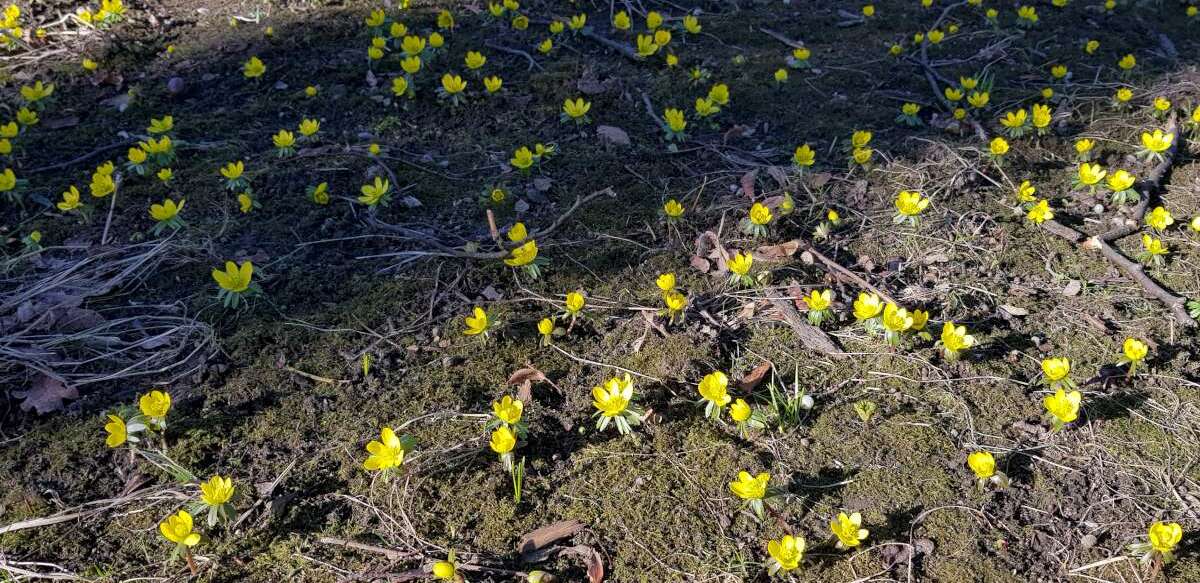
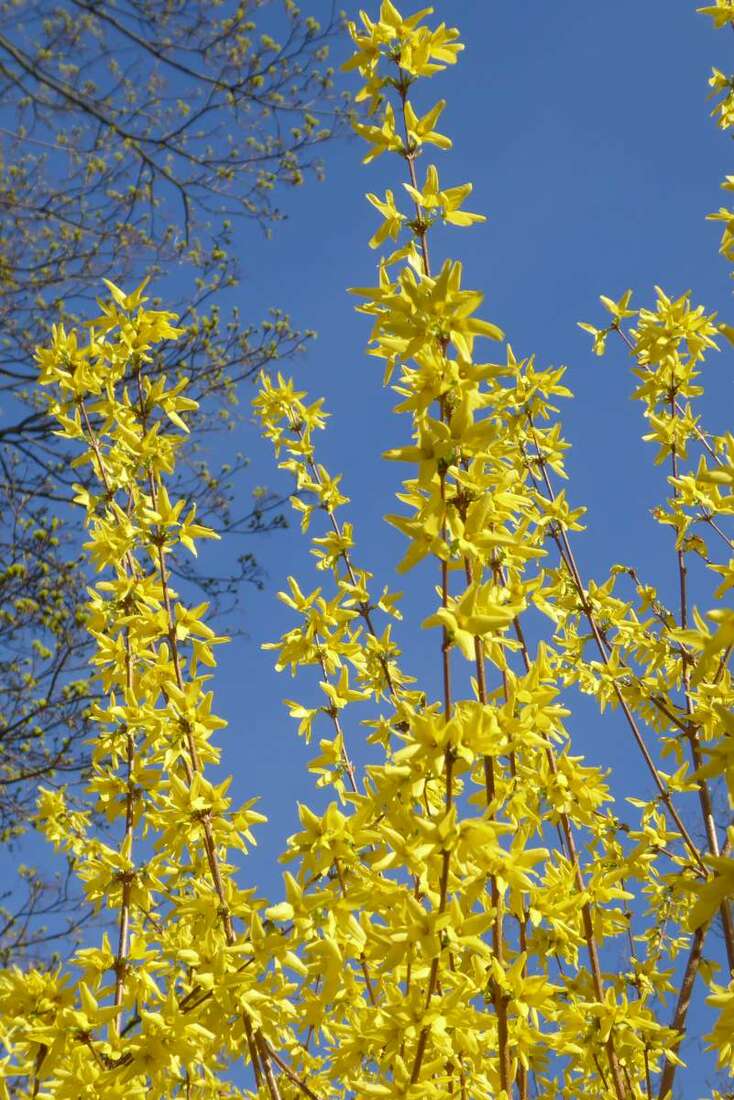
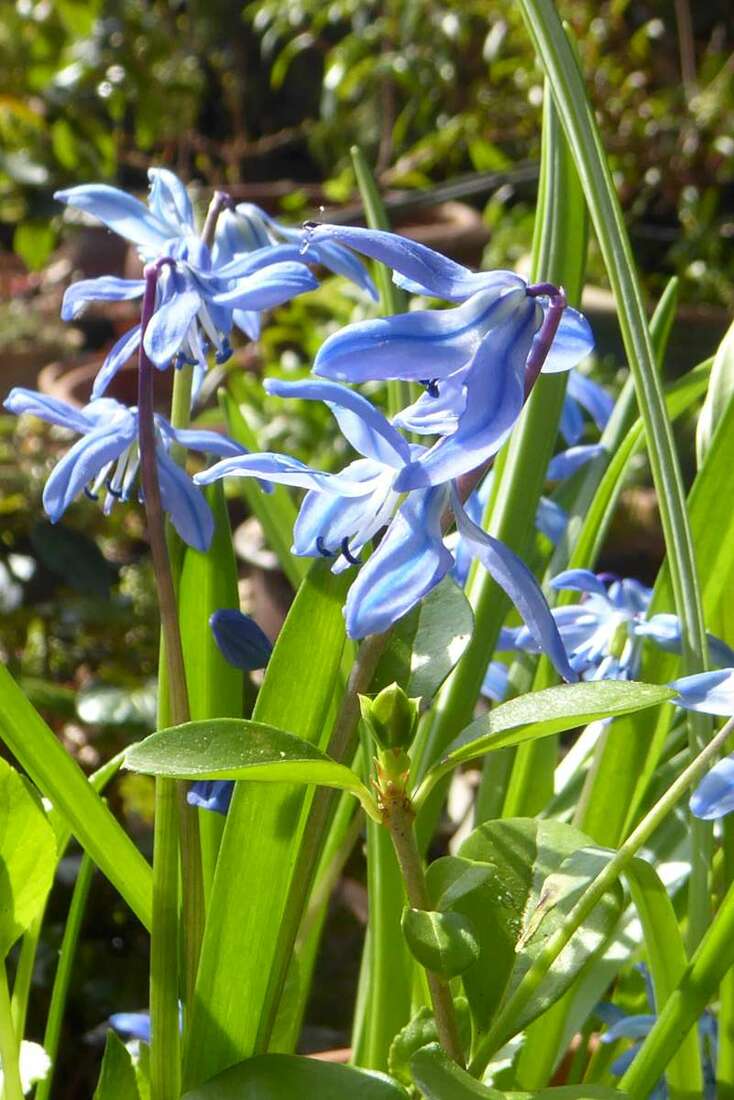
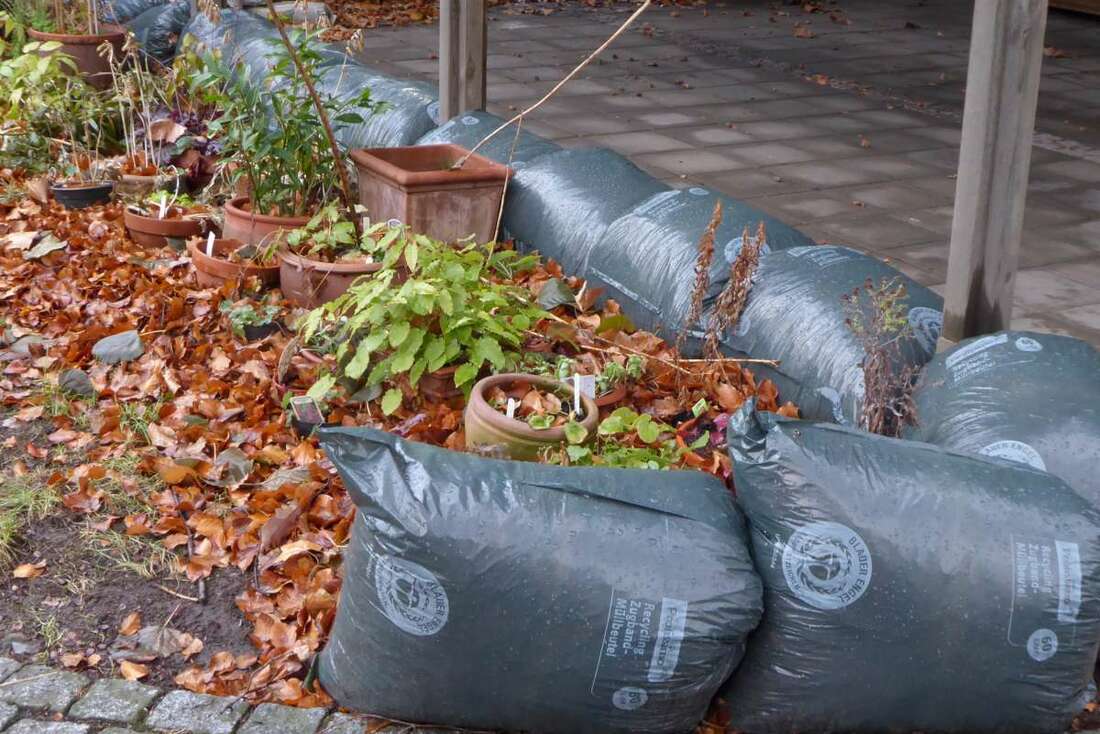
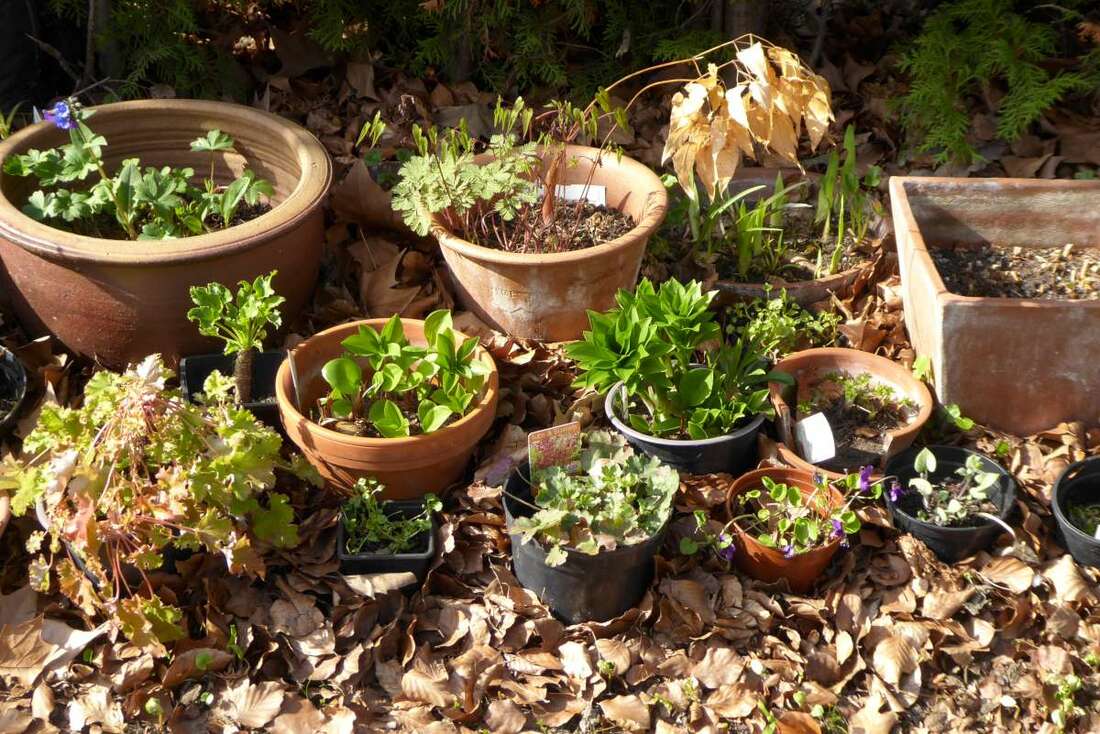
 RSS Feed
RSS Feed